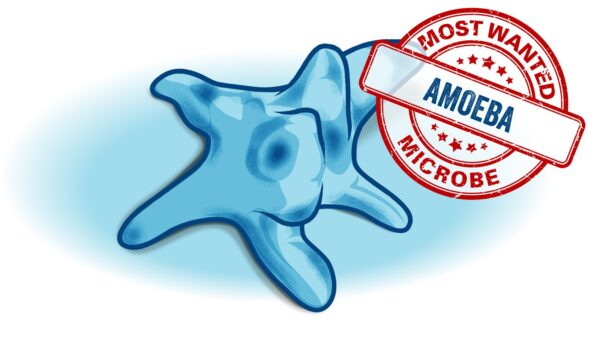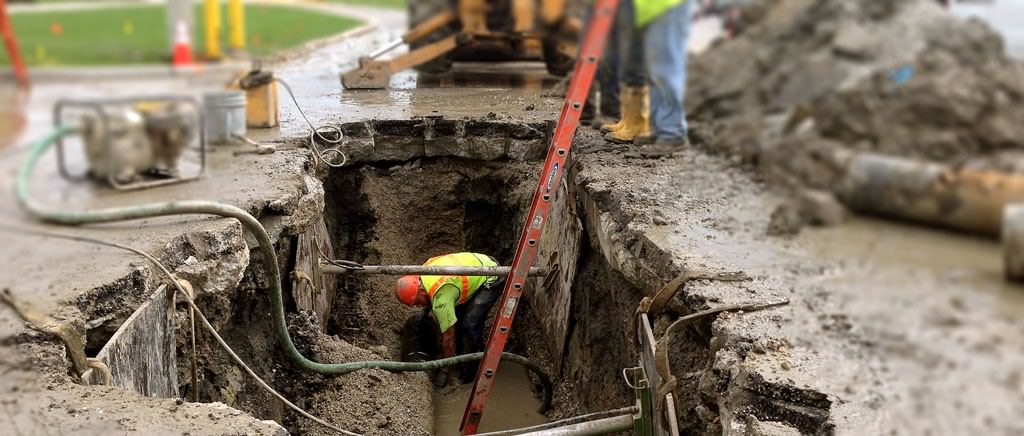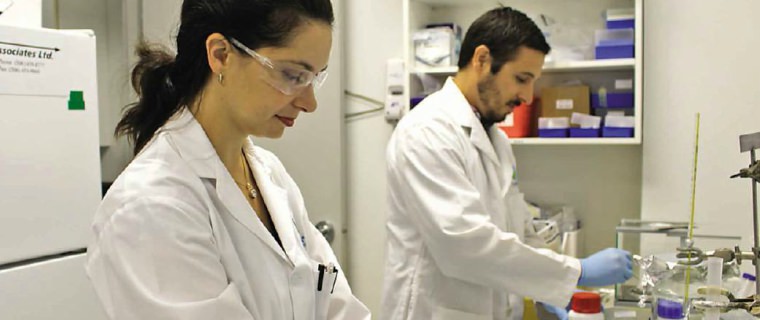From the editor:
This is the seventh post in an ongoing series profiling microorganisms of particular significance in water and wastewater systems. In this series we will cover microorganisms of many types including some that are beneficial, inhibitory and pathogenic.
Naegleria fowleri or brain-eating amoeba is a thermophilic, pathogenic, single celled eukaryote. They are typically found in warm natural (i.e. rivers, lakes, geothermal hot springs) and artificial (i.e. industrial effluents, swimming pools, water heaters) aquatic environments. Brain-eating amoeba grow at temperatures up to 46°C. People can become infected when contaminated water enters their nose. From the nose, these organisms travel up to the brain and start to destroy tissue, causing encephalitis. Infection generally progresses quickly and is ultimately fatal within about 5 days. In the United States since 1962, only 4 out of 143 known infected people have survived. Because of their thermophilic nature, incidences tend to occur in the southern United States.
One of the more recent occurrences was in Louisiana in 2013-2014, where brain-eating amoeba was found in two municipal drinking water distribution systems. Generally, monitoring programs do not look specifically for brain-eating amoeba, but an investigation was started after a child died due to encephalitis after using a nasal irrigation device (i.e. neti pot). While you cannot get infected by drinking brain-eating amoeba contaminated water, there was still significant concern. In response to the findings, Louisiana Department of Health and Hospitals required all drinking water systems to increase their disinfection residual and increase the number of monitoring sites by 25%. Following a 60-day, 1.0 mg/L free chlorine burn, both the contaminated drinking water systems were found to be brain-eating amoeba free.
Brain-eating amoeba can be controlled within a drinking or recreational (i.e. pools, hot tubs) water system by maintaining appropriate levels of disinfection residual. Due to their thermophilic nature, specific emphasis should be placed on time periods when water temperature exceeds 25°C. A risk-based monitoring strategy would include temperature, disinfectant residual, Naegleria fowleri specific testing and general microbial quality (i.e. heterotrophic plate counts, total coliforms, ATP). Naegleria fowleri can be detected using a number of different techniques including microscopy, polymerase chain reaction (PCR) and culture testing. Due to the time and degree of expertise needed to perform Naegleria fowleri specific testing, general microbial monitoring can be used as a risk indicator, although it cannot be used exclusively. Furthermore, Naegleria fowleri feed on bacteria within water systems, so if the bacteria population can be monitored and controlled, the risk of Naegleria fowleri proliferation can be reduced.
To learn more about how 2nd Generation ATP was used to identify a cross connection and flush a distribution system in the aftermath of Louisiana’s Naegleria fowleri identification, download this case study below.










